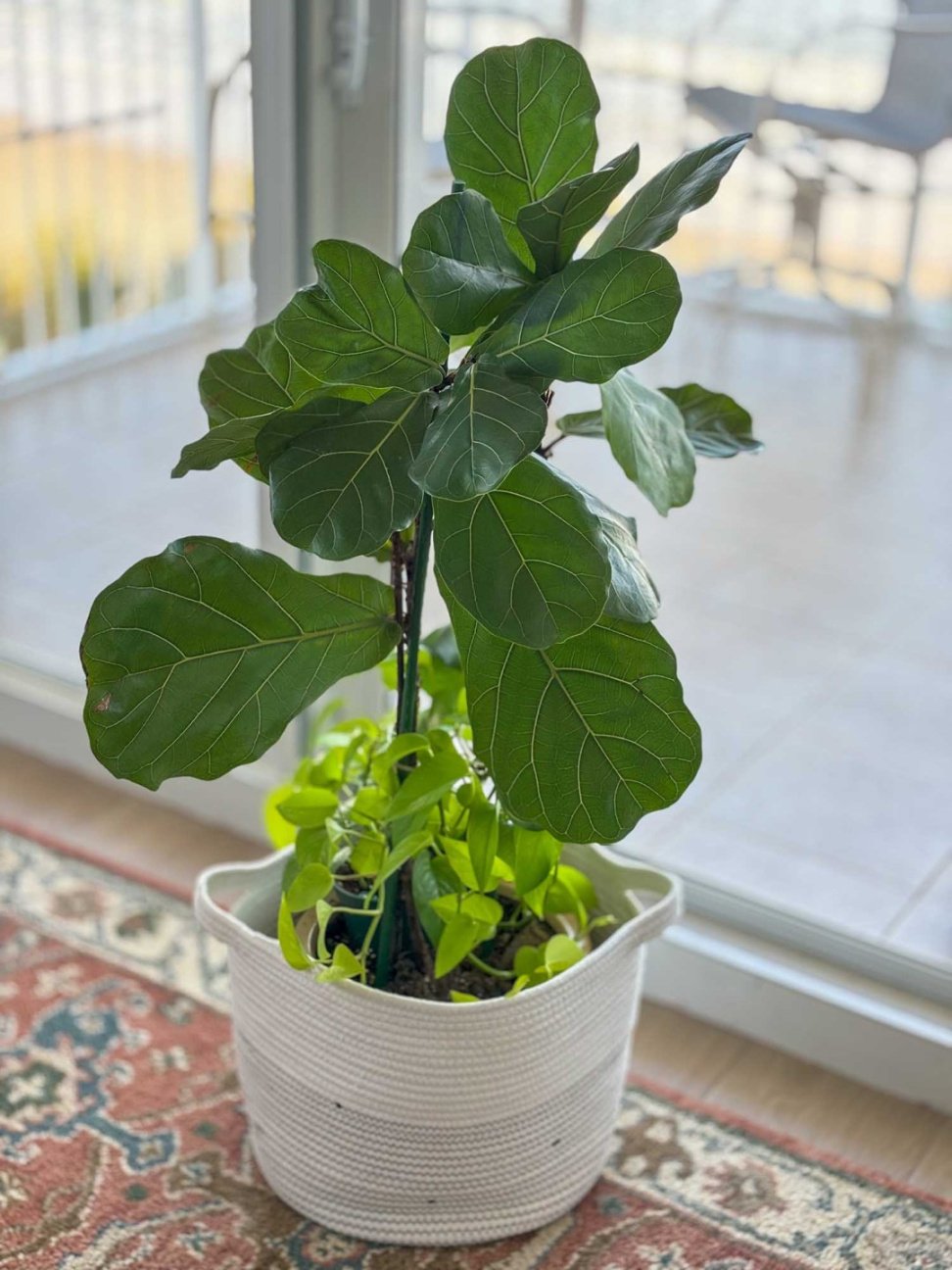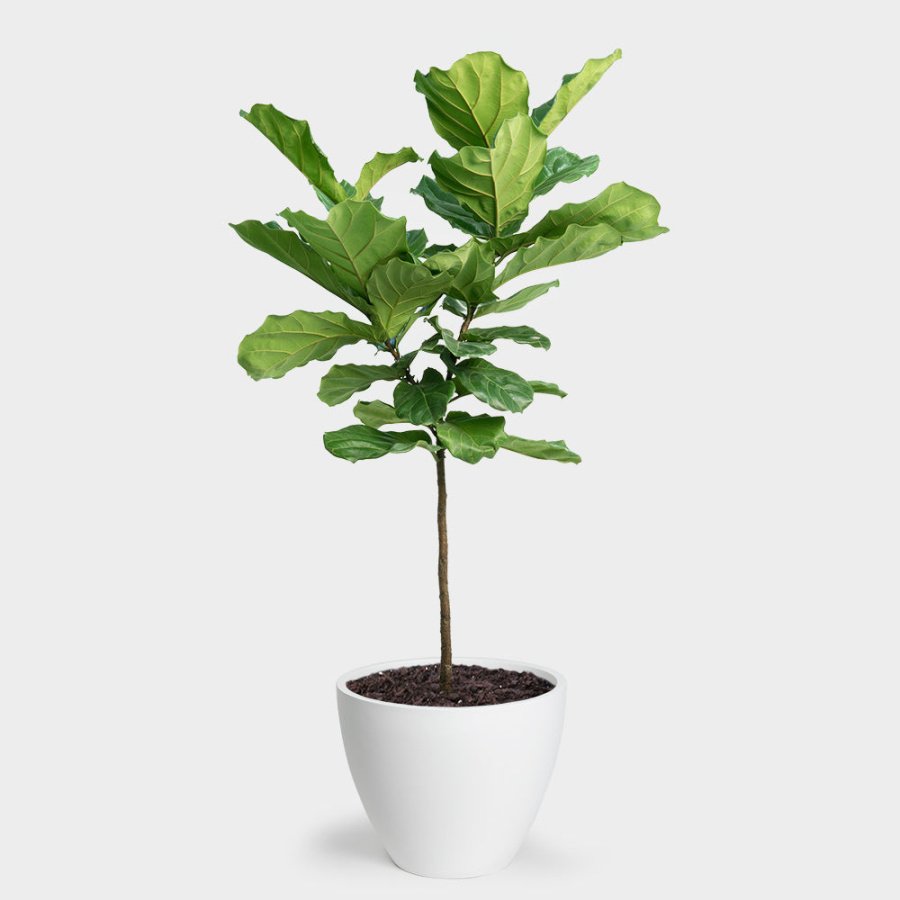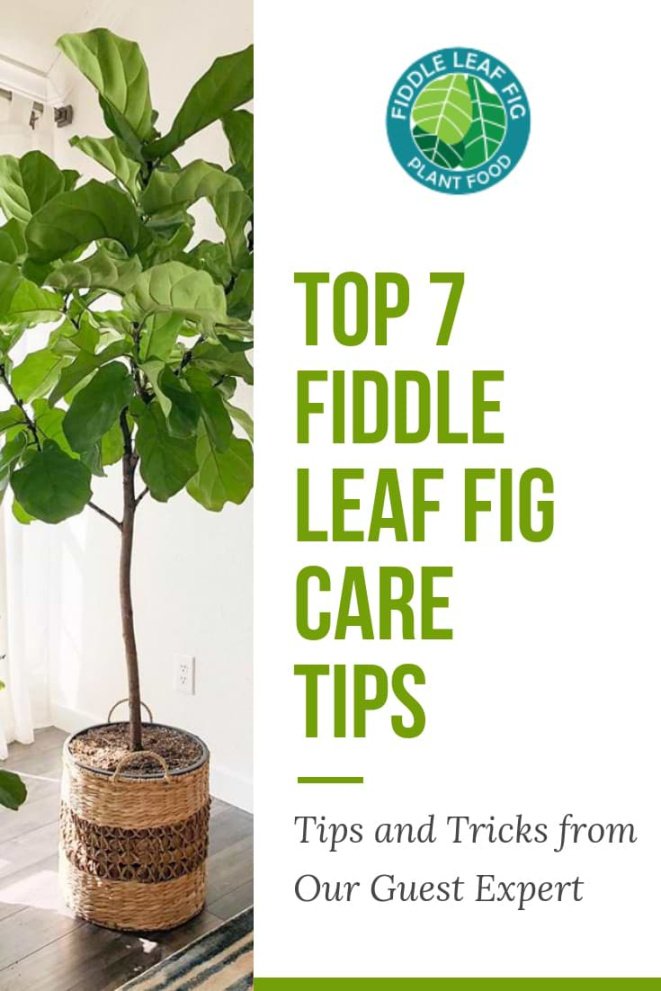Understanding Your Fiddle Leaf Fig
First off, these guys are native to tropical West Africa. That means they’re used to warm, humid conditions. Trying to recreate that in your living room can be tricky, but it’s not impossible. The biggest mistake people make is treating them like any other houseplant. Fiddles are a bit more demanding.
Light: The Goldilocks Zone
Getting the light right is crucial. Fiddle Leaf Figs love bright, indirect light. Think of it like this: they want to be near a sunny window, but not directly in the sun’s glare. A south or east-facing window is usually ideal. Direct sunlight can scorch their leaves, leaving brown spots.
If you notice your Fiddle dropping leaves or growing leggy, it’s probably not getting enough light. You might need to move it closer to a window, or even invest in a grow light, especially during the darker winter months. Rotating your plant every few weeks can also help it get even light distribution and prevent it from leaning too much to one side.

Watering: The Delicate Balance
Watering is where most people go wrong. Fiddles hate soggy soil, but they also don’t like to dry out completely. The best approach is to water thoroughly when the top two inches of soil feel dry. Stick your finger in the soil to check. If it’s dry, give it a good soak until water drains out the bottom of the pot.
Make sure your pot has good drainage holes. Standing water is a death sentence for a Fiddle. Overwatering can lead to root rot, which is hard to reverse. Underwatering, on the other hand, will cause the leaves to droop and eventually drop.
During the winter, when the plant is dormant, you’ll need to water less frequently. Always check the soil before watering, regardless of the season.
Humidity: Keeping it Tropical

Fiddle Leaf Figs love humidity. If your home is dry, especially during the winter, you’ll need to boost the humidity. There are a few ways to do this:
Using a Humidifier
This is the most effective way to increase humidity. A humidifier will add moisture to the air, creating a more comfortable environment for your Fiddle.
Misting
Misting the leaves with water can help, but it’s not a long-term solution. It provides temporary relief.
Pebble Tray
Place your plant on a tray filled with pebbles and water. Make sure the pot isn’t sitting directly in the water, as this can lead to root rot. The evaporating water will increase the humidity around the plant.
Grouping Plants
Grouping your plants together can also help increase humidity. Plants naturally release moisture through transpiration.

Temperature: Keeping it Consistent
Fiddles prefer temperatures between 65-80°F (18-27°C). Avoid placing them near drafts or vents, as sudden temperature changes can stress them out. They also don’t like cold temperatures, so keep them away from cold windows during the winter.
Fertilizing: A Little Boost
During the growing season (spring and summer), feed your Fiddle with a balanced liquid fertilizer every four to six weeks. Don’t over-fertilize, as this can burn the roots. In the fall and winter, you can cut back on fertilizing, as the plant is not actively growing.
Repotting: Giving it Room to Grow
You’ll need to repot your Fiddle every one to two years, or when it outgrows its current pot. Choose a pot that’s only slightly larger than the current one, and use a well-draining potting mix. Repotting is best done in the spring.
Common Problems and Solutions
Leaf Drop
This is a common problem with Fiddles. It can be caused by a number of factors, including overwatering, underwatering, low light, and temperature changes.
Brown Spots
Brown spots can be caused by sunburn, underwatering, or fungal infections.
Pests
Fiddles can be susceptible to pests like spider mites and mealybugs. Inspect your plant regularly and treat any infestations promptly.
Leggy Growth
This is usually a sign of insufficient light.
Conclusion
Caring for a Fiddle Leaf Fig requires a bit of patience and attention, but it’s definitely achievable. The key is to provide the right balance of light, water, and humidity. Don’t be afraid to experiment and adjust your care routine as needed. With a little love and care, your Fiddle will thrive and become a stunning addition to your home.
FAQs
Why are my Fiddle Leaf Fig’s leaves turning brown?
Brown leaves can be caused by several issues, including sunburn from direct sunlight, underwatering, or fungal infections. Check the soil moisture and ensure it’s getting adequate indirect light. If the spots are spreading rapidly, it might be a fungal issue requiring treatment.
How often should I water my Fiddle Leaf Fig?
Water when the top two inches of soil feel dry. The frequency will vary depending on the season, temperature, and humidity. Always check the soil before watering.
What’s the best location for a Fiddle Leaf Fig in my home?
A spot with bright, indirect light is ideal. An east or south-facing window is usually a good choice. Avoid direct sunlight, which can scorch the leaves.
Why is my Fiddle Leaf Fig dropping leaves?
Leaf drop can be caused by stress from changes in environment, overwatering, underwatering, or low light. Try to maintain consistent care and avoid sudden changes.
Do Fiddle Leaf Figs like to be misted?
Misting can temporarily increase humidity, but it’s not a long-term solution. A humidifier or pebble tray is more effective.






